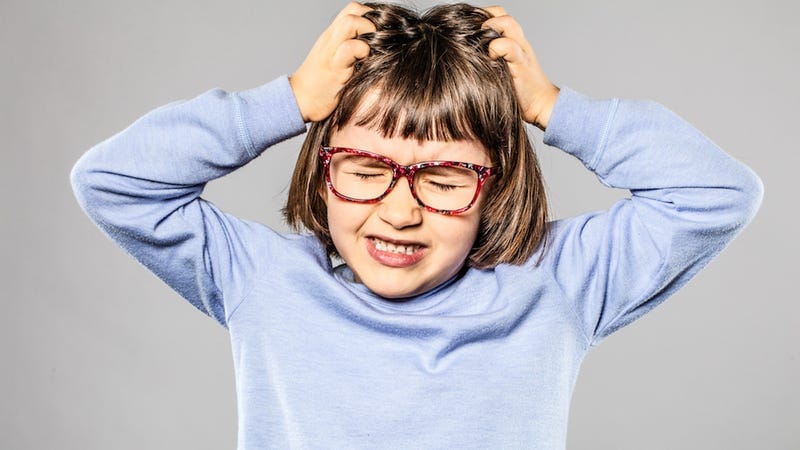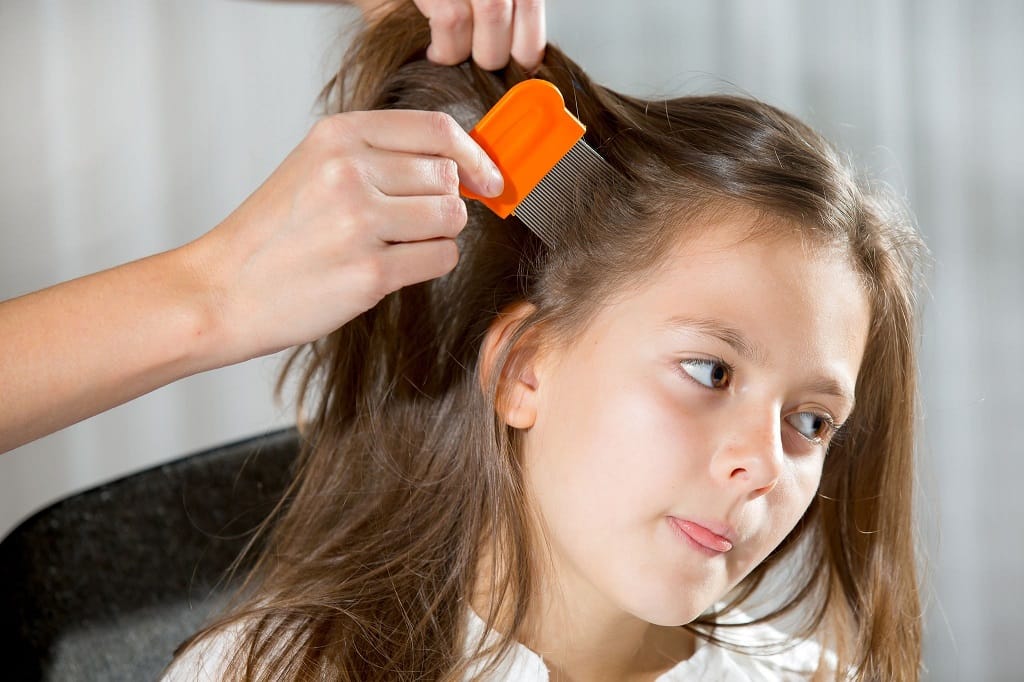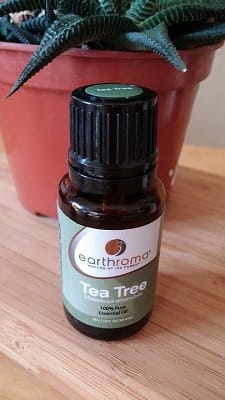Those of you who have experienced a head lice infestation know too well it isn’t fun! The regular hair treatments, cleaning of bedding, or other places where these pesty parasites have decided to accompany can create unwanted stress throughout a household.
What is head lice?

A louse is a parasite that needs a human host to survive as it feeds by sucking blood from the scalp every 2-3 hours. The female is the most critical lice as it stays alive 30 days after fertilization and can lay 8-10 eggs a day. The eggs are cemented a short way from the hair follicle, hatching after 8-12 days. The symptom of lice infestation is extreme itching of the head, caused by either the bite or irritation from the lice saliva on the scalp. If the hair isn’t treated accordingly, the head lice will return
Why can’t I get rid of these head lice?

https://www.stockfreeimages.com/p1/lice.html
Did you know that head lice infestation is an epidemic in many countries regardless of social status, and the highest outbreak is among young children? Studies had shown this problem is related to the resistance of the chemical pyrethrin, used in insecticide shampoos to treat head lice (Pediculus capitis). This synthetic substance can also become toxic if not use as recommended.
Research has shown schools being high-risk areas for contracting this parasite, especially in primary school children; this is thought to be due to the ease of the head lice passing from head to head. Heukelbach et al. (2008) indicated that an estimated 6-12 million people, mainly children, undergo some sort of treatment annually.
A Simple Solution

https://pixabay.com/photos/essential-oil-essential-oils-1544443/
After studying many natural alternative ingredients, researchers have found tea tree (Melaleuca alternifolia) essential oil provides the therapeutic action of antipedicular. The use of this property has been tried out in many experimental studies on head lice. These studies have demonstrated that Melaleuca alternifoliate constituents are competent enough to be used in all-natural pediculicides.
Many Scientists have found tea trees prevented head lice from feeding off their hosts, and without the lice’s ability to feed, they repelled the treated area. Williamson’s (2007) study on the medicinal use of essential oils and their components for treating lice and mites indicated tea tree essential oil contains two significant constituents of 1, 8-cineole, and terpinen-4-ol provide potent insecticidal therapeutic actions. “ This evidence supports the hypothesis that the insecticidal activity of tea tree is attributable, in part to its anticholinesterase activity and confirms that terpine-4-ol is the major active component.” Therefore, leading to believe these constituents provide a good starting point for investigating the development of novel pediculicides.
Heukelbach, Canyon, Oliveria, Miller, & Spear’s (2008) in-vitro study evaluated popular Australian over-the-counter head lice treatments, the primary ingredients comprised of different botanical extracts. They compared these products with permethrin 1% (Quellada) and a nontreatment control to assess their in-vitro efficacy. The treatment that contained tea tree oil had the best result for addressing head lice. Another study was done in 2012 to research the activity of tea tree oil and nerolidol: alone or in combination against Pediculus capitis. The results showed when tea tree oil ovicidal activity was monitored by microscopic inspection for 15 days; it was more effective than nerolidol against head lice with 100% mortality at 30 minutes and 1 % concentration (Campli et al. 2012).
These research studies have shown that tea tree antipedicular therapeutic action effectively addresses head lice. Therefore tea trees (Melaleuca alternifolia) essential oil, two major constituents of 1, 8-cineole, and terpinen4-ol, provide properties that supply a potent insecticidal, which is helpful in the treatment of head lice (Pediculus capitis). Meaning next time you pick up a remedy for head lice, look closely at the contents because a straightforward all-natural ingredient such as tea tree essential oil can make all the difference when trying to combat this pesky parasite; as seemingly head lice have become resistant to the chemical pyrethrin over the years.
References
Campli, E., Di Bartolomeo, S., Pizzi, P. D., Di Giulio, M., Grande, R., Nostro, A., & Cellini, L. (2012). Activity of tea tree oil and nerolidol alone or in combination against Pediculus capitis (head lice) and its eggs. Parasitology research, 111(5), 1985-1992
Heukelbach, J., Canyon, D. V., Oliveira, F. A., Muller, R., & Speare, R. (2008). In vitro efficacy of over‐the‐counter botanical pediculicides against the head louse Pediculus humanus var capitis based on a stringent standard for mortality assessment. Medical and veterinary entomology, 22(3), 264-272. Retrieved from: mcnaturalextracts.com/uploaded/Resources/Headlice-heukelbach-2008.pdf Shirley
Williamson, E. M. (2007). The medicinal use of essential oils and their components for treating lice and mite infestations. Natural Product Communications, 2(12), Retrieved from: doi/pdf/10.1177/1934578X0700201223
BIO
 Jayne is an identical twin who was born in Wales, Great Britain. Her passion for wellness brought her to study Complementary Alternative Medicine, with Specialization in Aromatherapy and Integrative Health Sciences at American College of Healthcare Sciences. In her spare time she enjoys painting, exercising, and walking on the beautiful local beaches of South Texas.
Jayne is an identical twin who was born in Wales, Great Britain. Her passion for wellness brought her to study Complementary Alternative Medicine, with Specialization in Aromatherapy and Integrative Health Sciences at American College of Healthcare Sciences. In her spare time she enjoys painting, exercising, and walking on the beautiful local beaches of South Texas.

